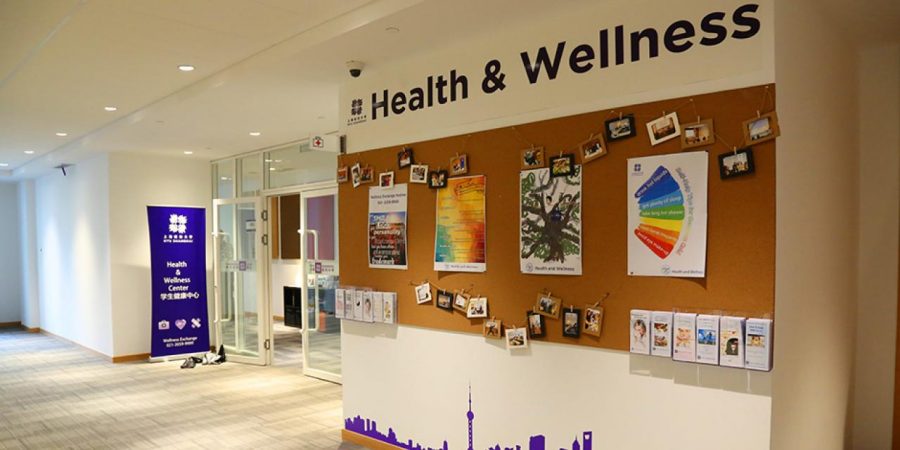With the United States still in the midst of an opioid crisis, stigmas among users of narcotic substances remain. One potential solution is safe injection sites, which would allow narcotics users to inject drugs in a controlled environment in an attempt to prevent overdoses, transmission of disease and syringes left in the open.
NYU’s Center for Drug Use and HIV Research and the Drug Policy Alliance’s Office of Academic Engagement hosted the quarterly briefing on drug trends in New York City in association with the New York City Department of Health and Mental Hygiene on Friday. The DPA is a group that advocates for evidence-based drug policy. At the event, three of its members presented findings and experiences to a group of professionals involved with drug treatment and policy, as well as to interested students.
GLS sophomore Sebastian Paine, who attended the event, said that the presentation provided an opportunity to learn about a topic they feel NYU’s courses rarely address.
“NYU doesn’t offer enough courses that deal with substance use on the undergraduate level,” Paine said.
Homelessness and mental illness were the reasons overwhelmingly cited by users for their substance abuse in a study by Sadat Iqbal, a field researcher at DOHMH. The department recommends the creation of safe spaces to increase safety for both users and non-users. Mayor Bill de Blasio and the department are awaiting approval from Governor Andrew Cuomo before proceeding with this initiative.
Bennett Allen, a research associate at DOHMH, said that safe injection sites would greatly reduce overdose deaths in New York City.
“We expect that overdose prevention centers would likely reduce the annual overdose deaths in New York City by 19 to 37 people [and] could save up to a million dollars in healthcare costs,” Allen said during the presentation.
Some criticize safe injections sites, claiming they promote drug use. Iqbal suggested the placement of kiosks in parks for users to dispose of their syringes, an alternative to safe injection sites that is less likely to seem to encourage drug use.
“Kiosks are an effective means of reducing syringe litter, they do not encourage drug use and they allow for safe disposal,” Iqbal said.
He also spoke about the problem of open syringes in public spaces in the South Bronx, which is a hazard to nearby residents, such as children playing in parks. Iqbal said this problem surged following the city’s shutdown of the Hole, a popular refuge for drug users and the homeless.
During the event, M.P.H. candidate at the Columbia University Mailman School of Public Health Shivani Mantha summarized her study on the effects of excluding drug users with criminal records from community-based alternatives to prison. She concluded that such exclusion would result in a racial disparity among those eligible for the alternatives due to systemic and historical racial discrimination by law enforcement.
CAS first-year Clara Levy attended the event and said that it helped increase her awareness of drug trends.
“[The event provides] more in-depth information about what is happening in our city,” Levy said.
Sheila Vakharia, Policy Manager of the Office of Academic Engagement for the DPA, organized the event. She encouraged students to attend briefings and become more active in promoting evidence-based drug policy.
Vakharia told WSN she was thrilled to have co-hosted the talk and that the presentations gave important information about the overdose crisis.
“[Iqbal’s and Allen’s] presentations both reiterated the need for safer consumption spaces for people who inject drugs in our community, as well as the need to address larger structural issues such as poverty and homelessness that are driving high-risk practices,” Vakharia wrote in an email. “All in all, a very informative afternoon that hopefully raised awareness of the circumstances here in [New York City].”
Additional reporting by Victor Porcelli.
A version of this article appeared in the Tuesday, Feb. 19 print edition. Email Anish Fonseka at [email protected].






















































































































































